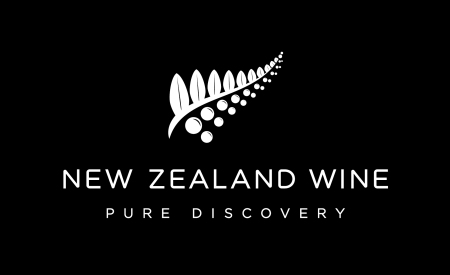There is a difference between New Zealand Sauvignon Blanc and Sauvignon Blanc from New Zealand and here it is.
Not long ago, New Zealand wine commentator Jayson Bryant wrote a column with the title “Where Has All the New Zealand Wine Gone?“. Today there are multiple categories of production in the world of New Zealand wine, in fact the industry body lists producers by size and includes three categories of small – medium and large. This has nothing to do with quality – just raw volume of wine produced.
The wines in the Jayson’s photo are generally New Zealand Sauvignon Blancs – well made wines that are readily available in wine departments from Hong Kong – Tokyo – London – New York – Chicago – Los Angeles & beyond. These wines have won many awards, generally have honorable scores, priced fairly and adequate at most meals. These wines are produced by global conglomerates or large family run businesses. None of this is either good or bad – it is just the way it is.
 To understand Sauvignon Blanc from New Zealand, you have to take a moment and imagine walking through a farmers market filled with vendors who have a dazzling array of fresh fruits, vegetables, breads, eggs, cheese and so on. This market is a true delight for the senses where the creators of these wonderful foods have assembled to sell their goods. This is Sauvignon Blanc from New Zealand, wines that are only produced in small quantities with limited availability.
To understand Sauvignon Blanc from New Zealand, you have to take a moment and imagine walking through a farmers market filled with vendors who have a dazzling array of fresh fruits, vegetables, breads, eggs, cheese and so on. This market is a true delight for the senses where the creators of these wonderful foods have assembled to sell their goods. This is Sauvignon Blanc from New Zealand, wines that are only produced in small quantities with limited availability.
In another blog Misha Wilkenson writes about the small New Zealand wine producers and the marketing challenges facing this large group of small producers. In round numbers about 90% of all New Zealand wine producers make less than 25,000 cases of wine. This is the farmers market of New Zealand wines – challenge is finding them.
This is why I suggest Sauvignon Blanc (or Pinot Noir etc) from New Zealand is the proper designation for these special and hard to find New Zealand wines. New Zealand Sauvignon Blanc is everywhere – Sauvignon Blanc from New Zealand, not so easy to find.
 Back to the farmers market – basket loaded and now home in the kitchen preparing a meal for friends – imagine a Sauvignon Blanc from New Zealand with the first course and for the second a Pinot Noir from New Zealand – there was an effort to put it all together – the smiles on your friends faces confirm the effort was worth it.
Back to the farmers market – basket loaded and now home in the kitchen preparing a meal for friends – imagine a Sauvignon Blanc from New Zealand with the first course and for the second a Pinot Noir from New Zealand – there was an effort to put it all together – the smiles on your friends faces confirm the effort was worth it.
Here is another side story that suggests if you truly want to find these special wines from New Zealand you have to either live there or get on a plane. (Quote is from end of article).
Wait – there is a Sticky from New Zealand for desert and a car with driver to take you home!


![wdr000[1]](https://newzealandfoodandwinetv.wordpress.com/wp-content/uploads/2010/01/wdr00011.jpg?w=450)
![cgr000_250w_tn[1]](https://newzealandfoodandwinetv.wordpress.com/wp-content/uploads/2010/01/cgr000_250w_tn1.jpg?w=450)

 This ad from 2006 shows some very low price points at a time when press releases were heralding demand was exceeding supply.
This ad from 2006 shows some very low price points at a time when press releases were heralding demand was exceeding supply.



